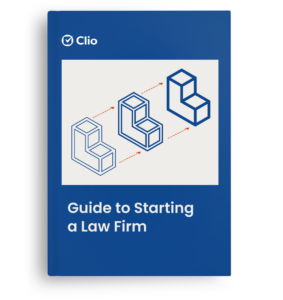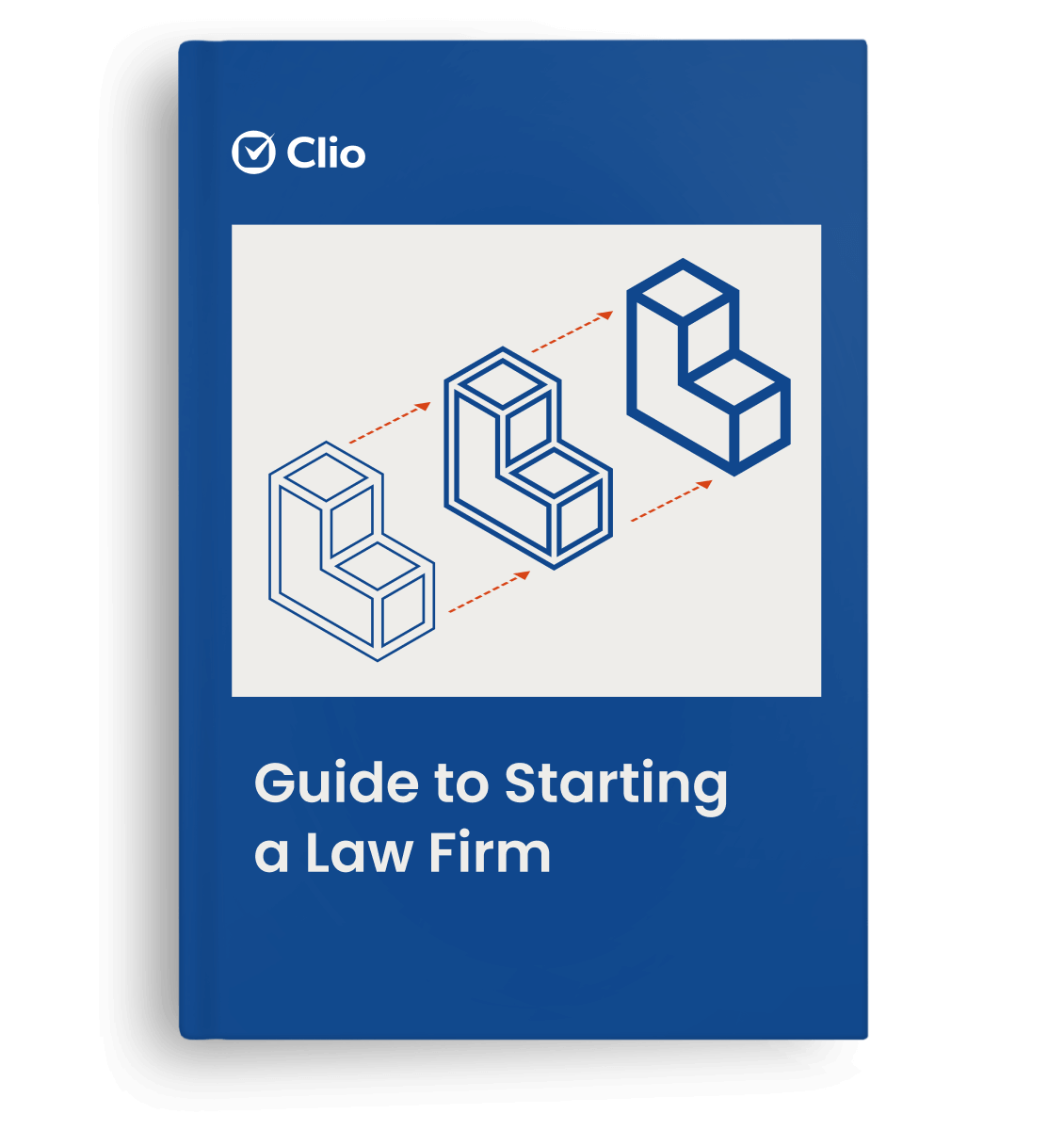It’s simple—unless you’ve agreed to work pro bono, you can expect compensation in exchange for your legal services. That’s how business works. But, in some cases, such as a personal injury claim, a client may not have the funds to pay expensive attorney fees upfront. That’s where contingency fees come in. A contingency fee agreement between a lawyer and a client stipulates a provisional payment after the close of a case where monetary compensation is achieved.
Most states, and the ABA Model Rules, prohibit the use of contingency fees in all criminal law cases, most family law cases, and some immigration and contract law cases. If you practice in these fields, you might be better off double-checking whether they can be used or skipping this article (and checking out this handy post on flat fees instead).
For other lawyers—especially personal injury and workers compensation warriors—why wouldn’t you love contingent compensation? Contingency fees allow you to get paid (because many slip-and-fall victims don’t have money for an hourly rate retainer). Also, you may end up with a case that pays nothing. Or you may end up with 40 percent of a multi-million dollar verdict—the latter would take an unfathomable amount of billable hours to reach the same payout. A contingency-based practice can be lucrative for those who can stomach the risk. Contingency fees allow you to serve clients that otherwise couldn’t afford your services.
But how do you set your contingency fees? And how do you know if your contingency fees are reasonable? Read on to find out.
What are contingency fees?
Contingency fees operate on the principle that if your case is successful or settled out of court, you'll compensate the lawyer with a percentage of your winnings. However, in the event of an unsuccessful outcome, the lawyer does not receive payment from you.

1. Ask your mentors and peers
My advice on any legal question is to start with the statute or rule book. Of course, even if you do read the rules, you probably still won’t come away with a clear answer to, “What is reasonable?” Most of the rules don’t have a solid number–it’s simply a bunch of factors like the riskiness of the case, the amount of time it will take away from other cases, etc.
Start by asking mentors and colleagues. Yes, the “what’s your hourly rate?” and “what are your contingency fee percentages?” questions are just about as tacky as asking someone their age or if they are pregnant. But lawyers need to be comfortable making uncomfortable requests, and if that person really is your mentor or your trusted colleague, they almost certainly won’t mind.

2. Check your state’s rules
You may like these posts
3. Weigh more factors than a Sandra Day O’Connor constitutional test
You have a percentage that you borrowed from your mentor. And you’ve got your state’s rules handy. What’s next? It’s time for the “only lawyers could make things this complicated” weighing-of-factors test! You’ll want to make sure you comply with the requirements for a contingency agreement and any state-required tests for a reasonable fee generally.
To return to our painful example, Florida has eight distinct factors for weighing the reasonableness of a fee. And six more for weighing the reasonableness of a cost that you pass on to a client. Plus, there are a separate set of rules for contingency fees. The rules set forth obvious requirements (in writing) and a schedule of what is reasonable absent court approval. With breakdowns by the amount and when the case is resolved (pre-answer, post-answer, when the defendant admits liability, when the case is appealed, etc.). And there’s a waivable element of the Florida Constitution that caps contingencies in medical malpractice cases.
Conversely, ABA Model Rule 1.5 on Fees has eight factors for generally determining the reasonableness of fees. The rule also includes a few special requirements for contingency fees, and that’s pretty much it—no 22-page odyssey to find the reasonable fee there. They are:
- The fee typically charged in the locality for a similar legal service;
- The amount involved and the results obtained;
- Any time limitations imposed by either the client or circumstances;
- The professional relationship between client and attorney;
- The experience, reputation and skill of those performing the services; and
- Whether the fee is fixed or contingent.
4. Scrutinize the odd ones—hybrids and reverse contingency fees
You’re not sick of contingency fees yet, are you? Because we still have to deal with hybrid fee arrangements and reverse contingency fees.
Hybrid fee agreements
A hybrid fee arrangement typically includes both (1) a fixed (often hourly) rate and (2) a fee based on a favorable outcome. In the aforementioned California case of Arnall, the court, in reaching its holding that hybrid agreements had to comply with rules for contingency agreements, stated:
The term “contingency fee contract” is ordinarily understood to encompass any arrangement that ties the attorney’s fee to successful performance, including those which incorporate a non-contingent fee based on a fixed rate of payment. (Arnall, at 373)
In short: hybrid agreements are contingency agreements and need to meet the state-prescribed requirements, no matter how small the contingent “bonus” might be. (Arnall dealt with bonuses of 1 and 2 percent across two separate agreements.)

5. Educate yourself on reverse contingent agreements
The basis of reverse contingency agreements is on how much the client avoided loss. For example, picture a defendant who was issued for $2.7 million, but his lawyer negotiates a settlement for only $100,000. That’s a massive win for the defense. A reverse contingent fee would give the defense lawyer a cut of the savings of $2.6 million.
The problems are plentiful with these kinds of arrangements. For one, plaintiffs are nuts. They ask for insane amounts because hope springs eternal in the plaintiff’s lawyer’s breast. In the above example, the defendant might not have saved $2.6 million if we are talking about the actual value of the case—a “real” judgment might have only been worth a few hundred thousand dollars.
Do you see the problem? Trying to figure out what is “reasonable” in such a case is extremely difficult. However, reverse contingent fees are not outright impossible. At least under the ABA rules—your state may vary: ABA Formal Opinion 93-373 allows these odd fees so long as “the amount saved is reasonably determinable, the fee is reasonable in amount under the circumstances, and the client’s agreement to the fee arrangement is fully informed.”
Will the client pay it? Get informed consent for contingency fees.
When it all comes down to it, the real question is this: Will the client pay the fee without complaining to the state bar? That may sound a bit cynical. But assuming that you have explained the risk inherent in the case, getting informed consent for contingency fees shouldn’t be too big of an issue. Obtaining informed consent should also insulate you from later complaints about your “unreasonable” fee.
What happens to my contingency fee if my client files bankruptcy?
Will the client pay it? Get informed consent for contingency fees.
What is the standard contingency fee for an attorney?
Conclusion
Contingency fees or not, putting the client at the center of your practice will undoubtedly benefit everyone. Considering alternative fee arrangements is a big decision. But, it’s also a decision you should make as a legal professional and business owner.
Remember, too, that determining your fees is only one critifcal element of a successful legal practice. Clio has a suite of features tailored for personal injury firms to help them manage records, track and summarize damages, and prepare automatic settlement estimates, so personal injury lawyers can focus on doing the best work of their careers.
Let’s help you remove operational barriers, drive cases forward efficiently, and deliver client-centered experiences with ease.
Schedule a demo today to get a tour of Clio’s Personal Injury Add-On.
We published this blog post in May 2017. Last updated: .
Categorized in: Business








